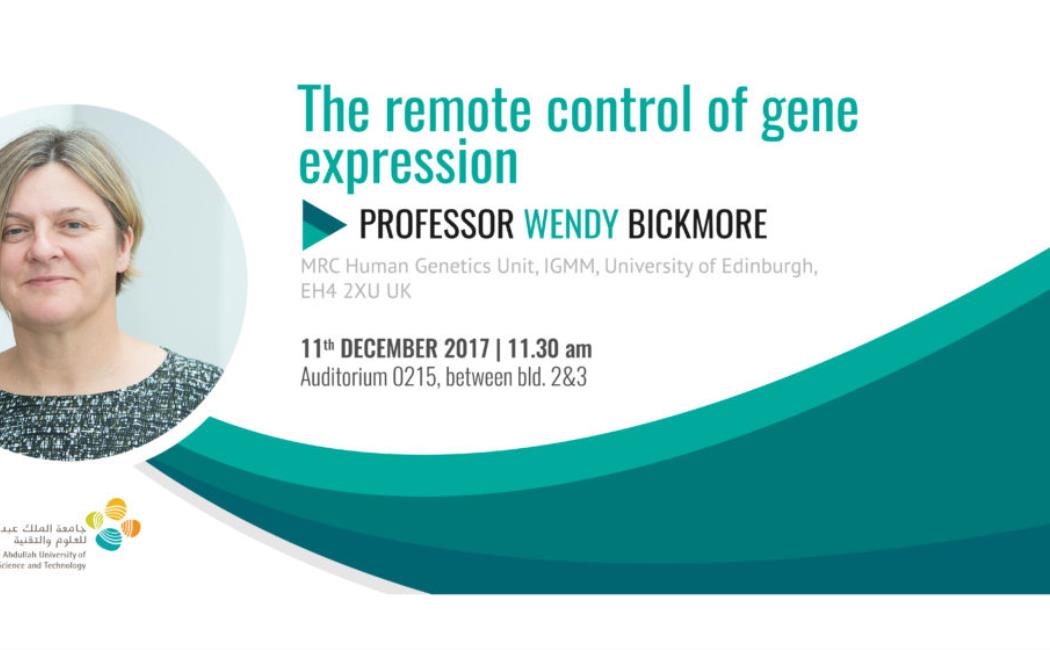
The remote control of gene expression
Long-range enhancers – found as far away as 1 megabase from their target gene – are key in controlling the precise spatial and temporal expression of genes in mammals. In contrast to the 20,000 or so genes in our genome, there may be hundreds of thousands, or even millions, of enhancers. Deletion, translocation or point mutations can abrogate the function of these elements in Mendelian diseases associated with severe phenotypes. Moreover, the majority of human genetic variation associated with common disease and quantitative traits also maps to enhancers. I will describe our work identifying enhancers, linking these to disease and to local chromatin structure and also examining how large-scale three-dimensional chromatin structure relates to how enhancers work from a distance.
Biosketch: Wendy Bickmore is Director of the MRC Human Genetics Unit, Institute of Genetics and Molecular Medicine at the University of Edinburgh. Her undergraduate degree is in Biochemistry from the University of Oxford and her PhD from the University of Edinburgh was on the evolution of the X and Y chromosomes in primates. She is fascinated by the structure and organization of chromosomes in the nucleus. She showed that different human chromosomes have preferred positions in the nucleus, related to their gene content, and addressed how genes are organized and packaged in the nucleus and how they move in the cell cycle and during development. Current research in Wendy Bickmore’s laboratory uses advanced imaging, developmental genetics and synthetic biology to explore the functional significance of 3D genome organisation in the nucleus and how this influences development and disease. Wendy is an EMBO member, a Fellow of the Royal Society and of the Academy of Medical Sciences and is the president of the Genetics Society of Great Britain. She is an editor on many journals including PLoS Genetics and Cell.